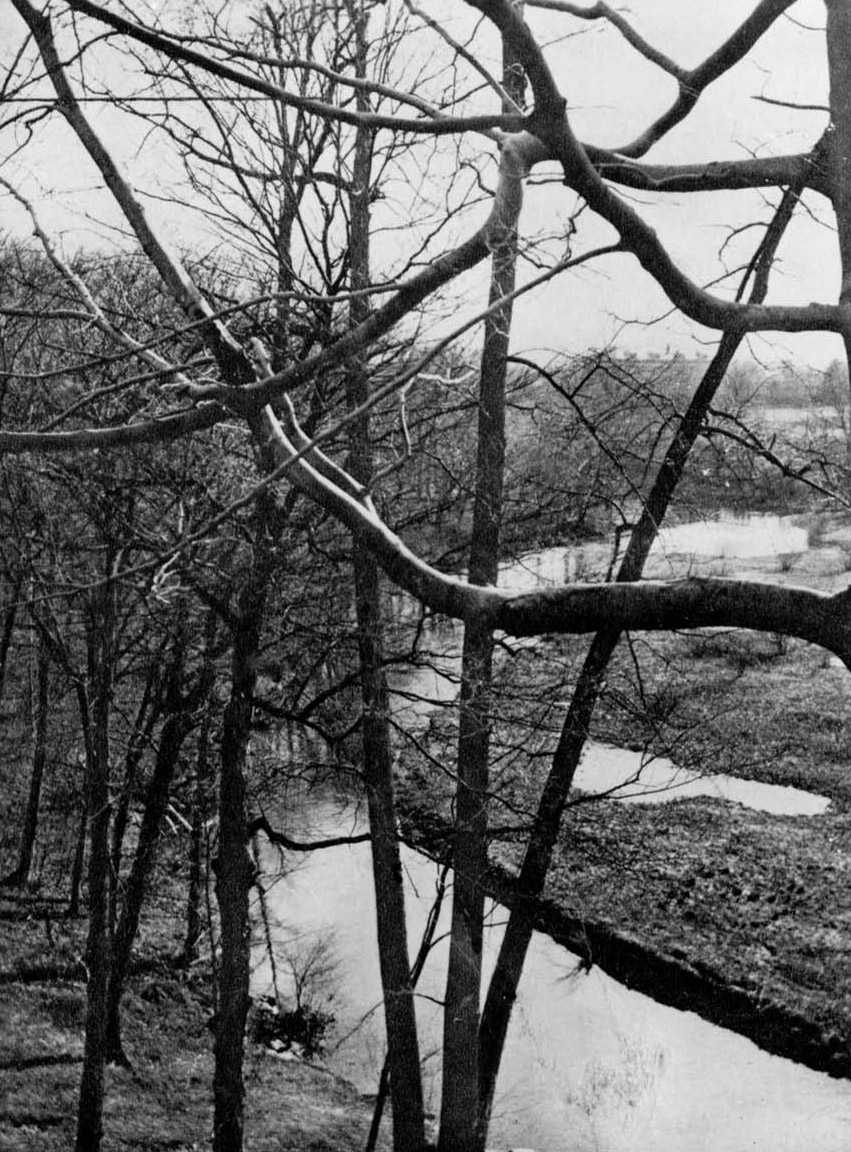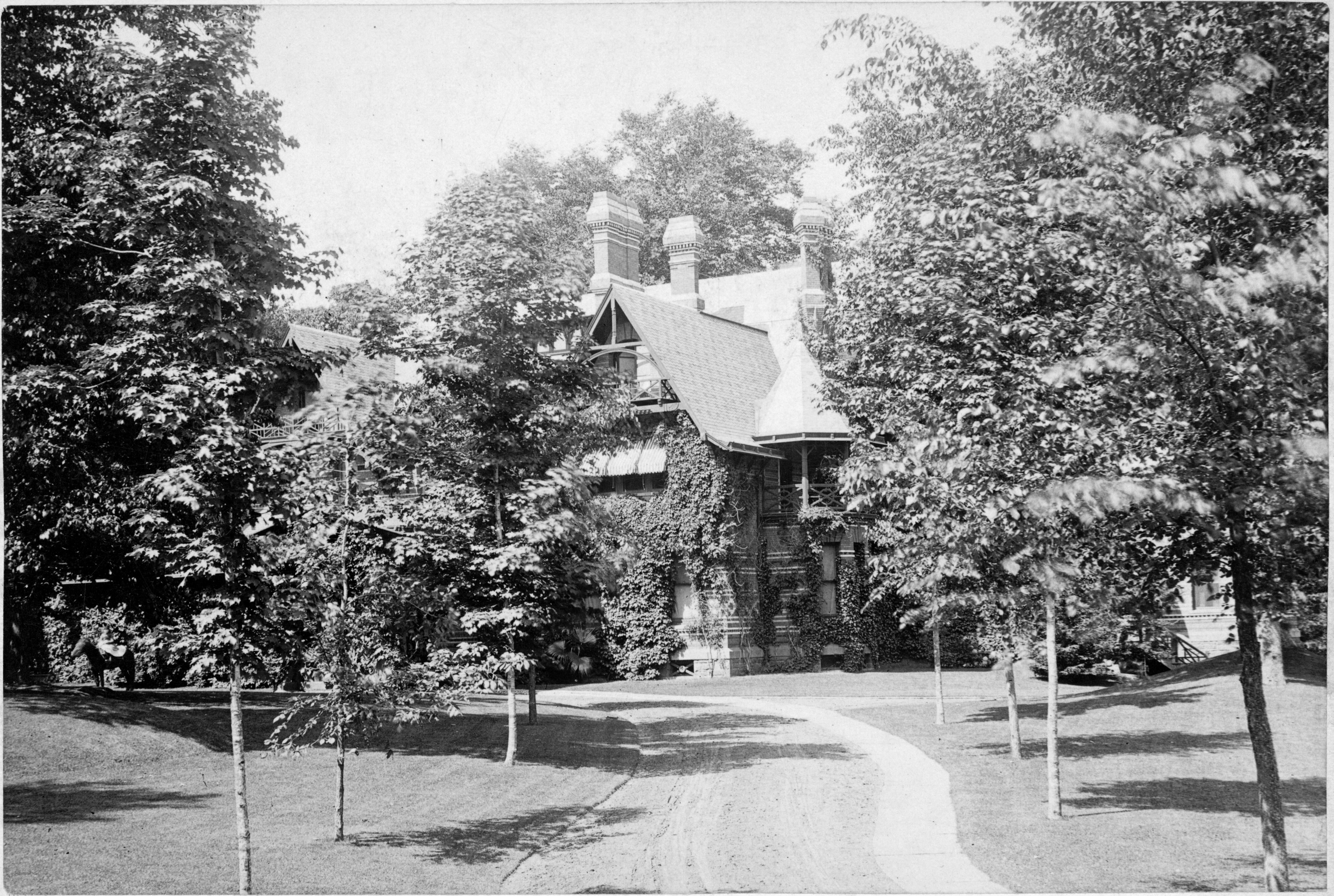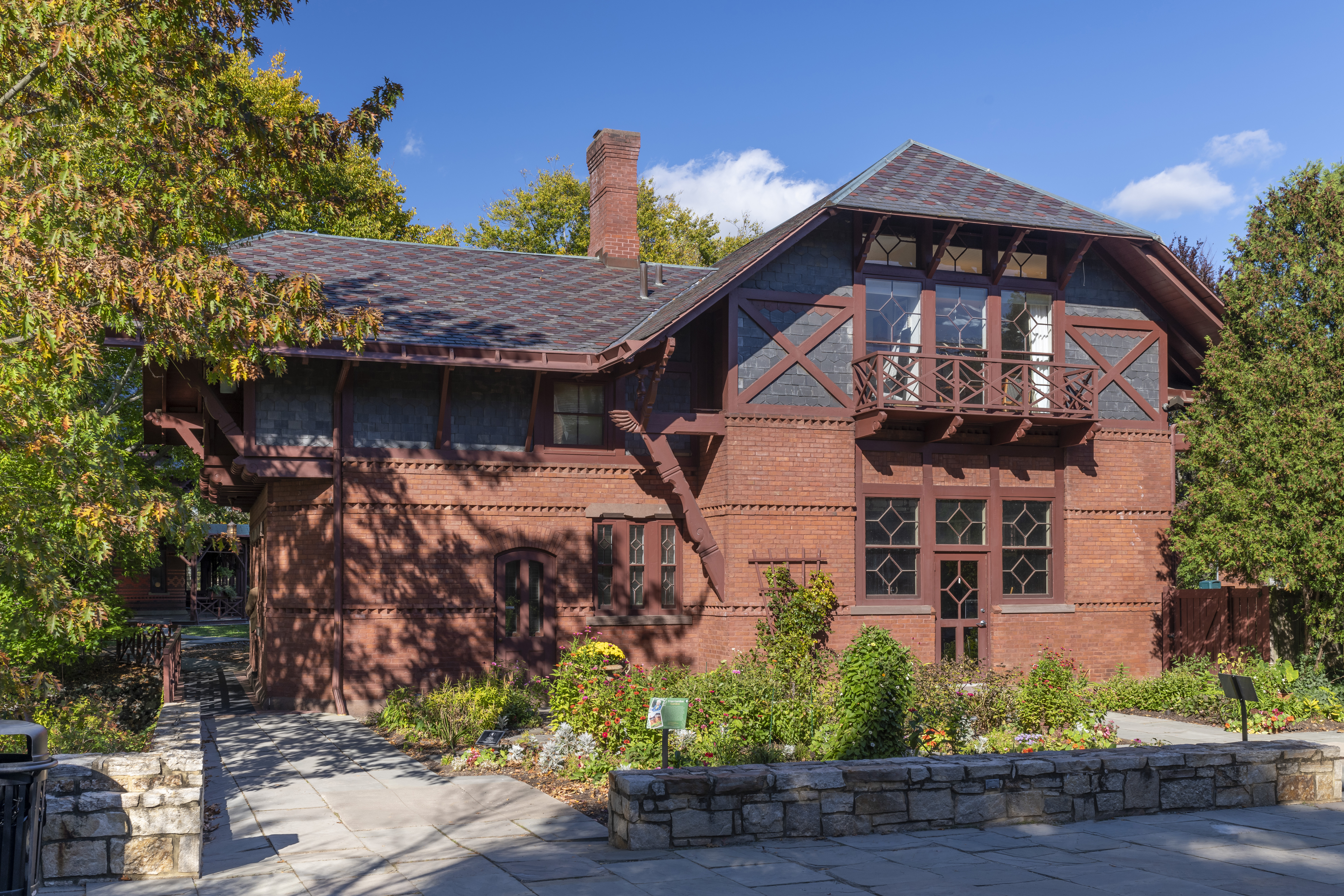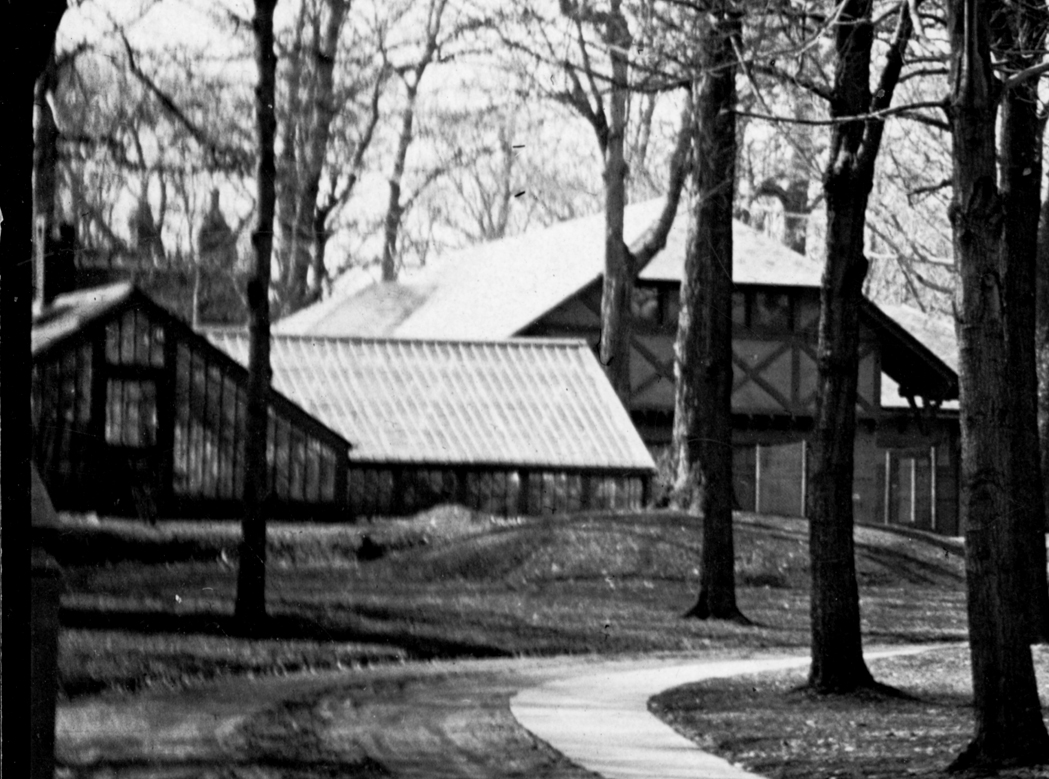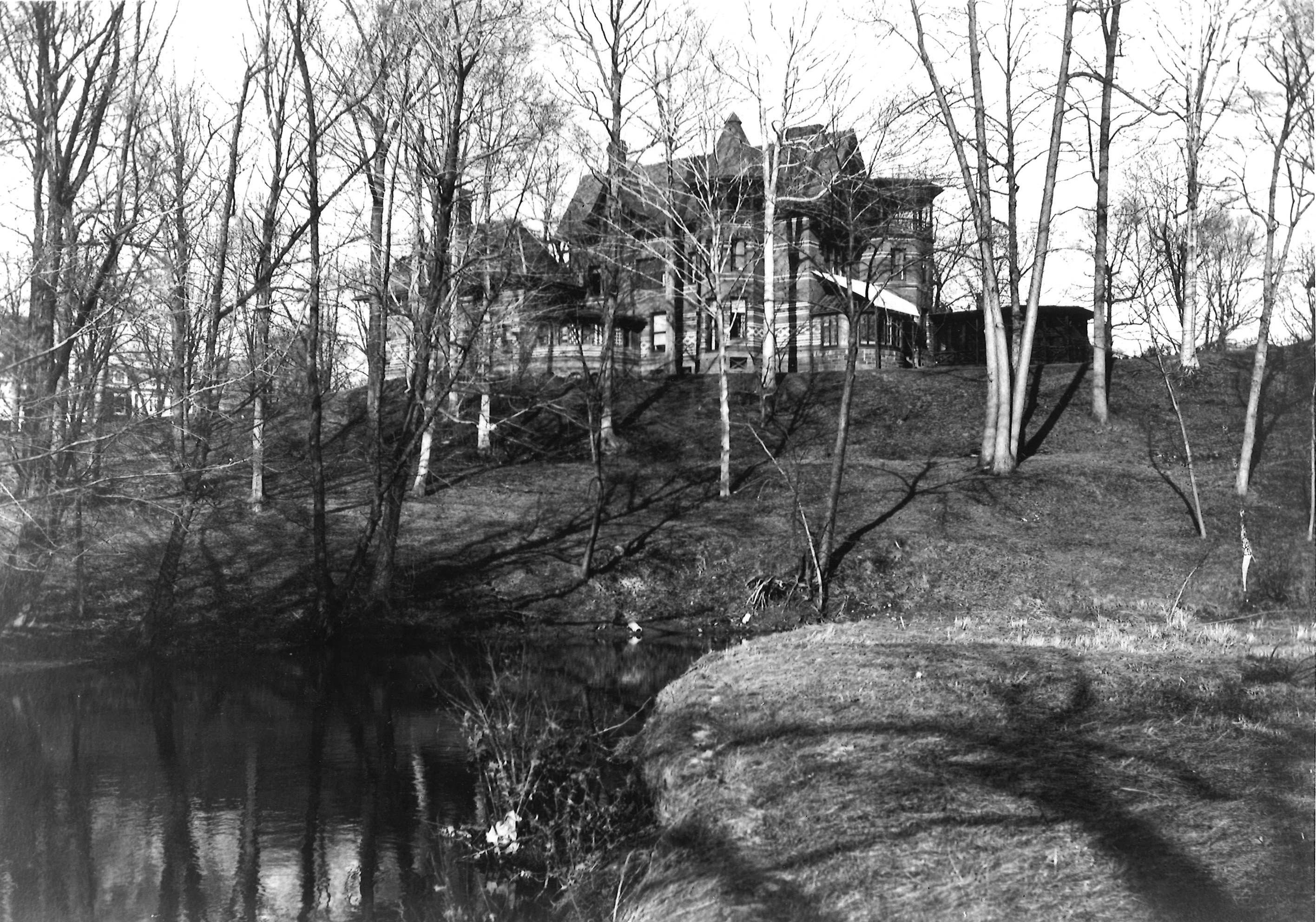The Park River
The Clemenses’ Hartford home was a part of the neighborhood known as Nook Farm within Asylum Hill. This tight-knit community including families such as the Clemenses, Hookers, Beechers, Gillettes, Warners, Hawleys, and Burtons, among others, got its name from the bend, or “nook,” in the Park River which bordered the area to the west and south. When you visit the Mark Twain House today, the Park River runs below ground along the base of the hill, where today we have a footpath and a section of our guest parking lot.
The Park River was a celebrated feature of Bushnell Park when it was created in the 1860s. Going by the “Little River” and the “Hog River” earlier in its existence, the Park River was renamed when Jacob Wedinman planned his green oasis in the middle of Hartford. The Park River, then and now, connects to the Connecticut River, and was used for manufacturing, mills, tanneries, and transportation for decades. The creation of the Bushnell Park was in part to push those industries out of the city and replace them with nature.
Since the Park River is connected to the Connecticut River it was subject to the seasonal flooding along the whole of the tributary. Each year the flooding would return, causing damage, so that starting in the 1940s the Army Corps of Engineers began to bury the river in a huge concrete box-shaped tunnel, 30 feet high and 45 feet wide. The work lasted through the 1980s. Today the river runs straight as an arrow through the center of Bushnell Park underneath the pump house, Pulaski Circle and Main Street, under the Hartford Public Library and the Conland-Whitehead Highway, finally arriving at the Connecticut River. The other direction, the river still flows, mostly underground, all the way to the Mark Twain House.

